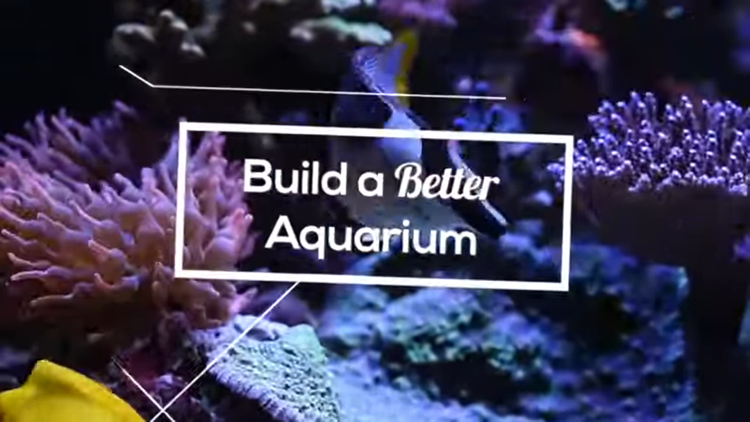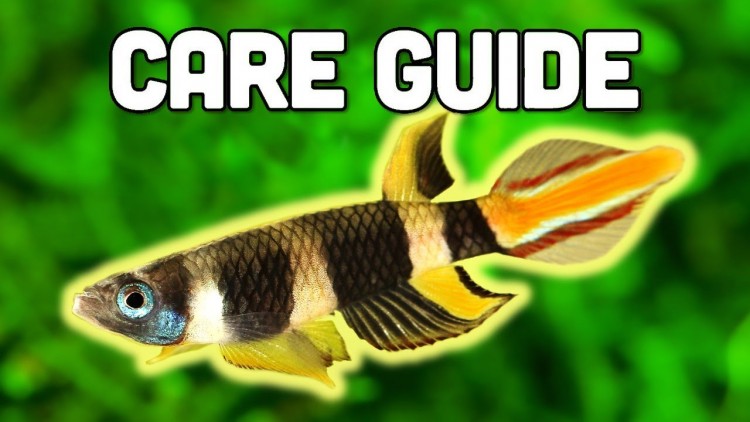Knowing Your Coral and How They'll grow: SPS Coral Care
- Mar 26, 2023
- Anshika Mishra
- 327 0 0

In this article, we'll be talking about SPS and some tips on choosing and placing these corals.
Plan Ahead
One key to keeping an eye-catching SPS-dominated reef is to plan ahead and think about what the reef might look like when it matures.
Do your homework and gather all your knowledge about the corals you want to add. Every reef keeper starts with a blank canvas and has the opportunity to create their own masterpiece.
But certain best practices and tips for choosing and placing SPS can be followed to achieve success.
Anticipate Growth Rates
Understanding and anticipating growth rates and patterns is critical. For example, Acraporas can grow fast and overtake a significant amount of real estate. The same is true with the Bird's Nest coral. They can grow for weeks and encroach on other corals inhibiting their growth.
One option in this instance is to replace the entire colony with a large and healthy frag from the top of the colony. A coral can also start to show signs of rapid tissue necrosis or RTN on the main part of the coral if it grows too large.
Again, a lack of flow or light can trigger this event.
Whether to Start with Frags or Larger Species
Some people like the instant gratification gained by adding bigger pieces, while others prefer to start with small frag and see them grow into colonies.
However, frags can grow and evolve more organically with the reef, providing a more natural look.
No matter which way you go, give the new coral room whether they are fast growers or not. Placing slow-growing corals next to each other might make sense, but the right placement will limit flow and impact their health.
You also want to avoid stressing out a newly placed coral by pruning or moving it. It is also important to bone up on the lighting and circulation demands of the coral that you are considering.
Hardiness
The Hardiness of the coral is another factor you should check. More demanding corals, such as Aqua SD Rambo Milly, should only be added after less demanding corals have established themselves in the new tank.
Fishes you add
Finally, be careful of the fish you add and make sure they don't have a reputation as coral nippers. Be careful with the fish you add, and make sure they don't have a reputation as coral nippers because it can be a major undertaking to remove a fish from a mature reef.
In Conclusion
A reef is a growing and evolving ecosystem with many interdependent pieces. So make sure you take this into consideration when building your masterpiece.







About author